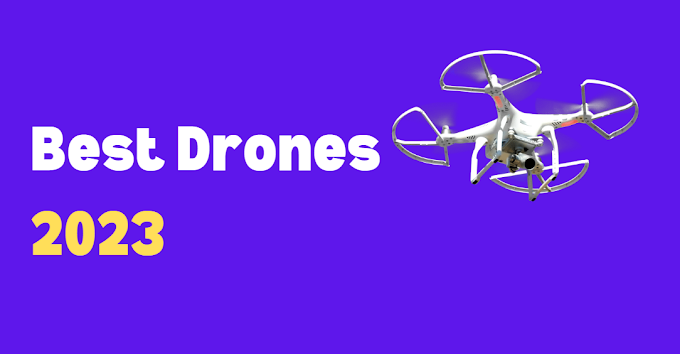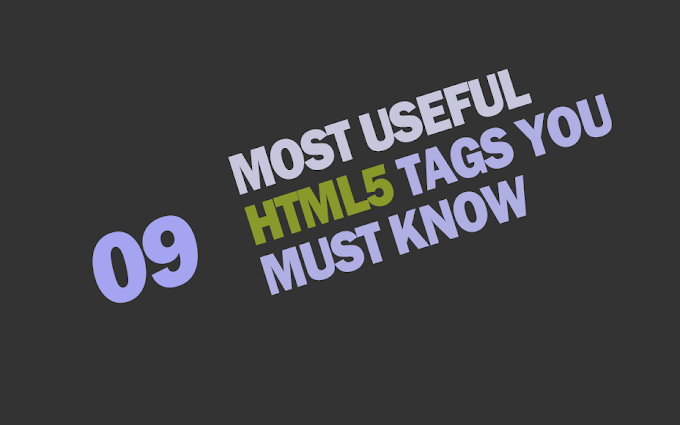Are you someone who is passionate about web development? Do you want to enhance your skills in HTML programming? Look no further! In this blog post, we will dive deep into the world of programming with HTML and help you become a pro in no time.
What is HTML?
HTML, short for Hypertext Markup Language, is the backbone of every web page. It is the standard markup language used for creating and structuring web content. HTML uses tags to define elements such as headings, paragraphs, images, links, forms, and much more.
Why Learn HTML Programming?
Learning HTML programming is the first stepping stone towards becoming a successful web developer. HTML is the foundation on which all web pages are built. It provides the structure and layout of a webpage, allowing you to control how your content is displayed to the users.
Getting Started with HTML
To start programming in HTML, you only need a text editor and a web browser. Here are some essential tags to get you started:
1. HTML Structure
<!DOCTYPE html><html><head> <title>Your Page Title</title></head><body></body></html>The <!DOCTYPE html> declaration is mandatory at the beginning of every HTML document. It defines the document type as HTML5. The <head> section is where you include meta information, such as the title of your webpage. The content of your webpage goes inside the <body> tags.
2. Headings
<h1>Heading 1</h1><h2>Heading 2</h2><h3>Heading 3</h3>HTML provides six levels of headings, from <h1> to <h6>. Use them to organize the structure of your webpage.
3. Paragraphs
<p>This is a paragraph.</p>Paragraphs allow you to add text content to your webpage and separate it into distinct sections.
4. Links
<a href="https://www.example.com">Visit Example</a>Links connect webpages together. The href attribute specifies the URL of the webpage you want to link to.
5. Images
<img src="image.jpg" alt="Description of the image">Images make your webpage visually appealing. The src attribute specifies the path to the image file, and the alt attribute provides alternate text for accessibility.
Enhancing HTML with CSS and JavaScript
While HTML takes care of the structure and content of your webpage, CSS (Cascading Style Sheets) is used to control the visual presentation. JavaScript adds interactivity and dynamic behavior to your webpages.
CSS and JavaScript can be added to your HTML document by linking external files or using inline styles and scripts. They offer endless possibilities to create stunning and interactive webpages.
Learning Resources
Here are some resources to help you further enhance your HTML programming skills:
- Online tutorials and courses: Websites like Codecademy, W3Schools, and MDN Web Docs provide comprehensive HTML programming tutorials for all skill levels.
- Books: "HTML and CSS: Design and Build Websites" by Jon Duckett is a highly recommended book for beginners.
- Practice coding: The best way to learn is by doing. Start building your own webpages and experiment with different HTML elements.
Conclusion
Mastering HTML programming is crucial for any aspiring web developer. With HTML as the foundation, you can create visually appealing and user-friendly webpages. Remember to practice regularly and keep yourself updated with the latest web development trends.
So what are you waiting for? Dive into the world of HTML programming and unlock your full potential as a web developer!





![[Cupons] Paid udemy courses for free](https://blogger.googleusercontent.com/img/b/R29vZ2xl/AVvXsEgYa-f_8UEE95d9stpdRzq6_DUq19avn09M2CVWIuQGI_PwaZBMcNhuHmPZQsw81GMeWwUY2Q-Cr66RoAmMq1f_pok6pdv-W86qc9_wWSxqXEq_RHYyRY0Ldly_yi2DSfyed4Cxiks6Nbzp/w680/Paid+udemy+courses+for+free.png)






0 Comments
If you have any question please ask?